|
Picture by Kampus Production from Pexels Have you tried over and over again to create a morning routine, but you just can’t stick with it? Me too! But I’ve figured out how to do it. And so can you! The key is to make it flexible. Now, you may think that sounds strange – it’s a routine, shouldn’t it be … not flexible? Well, the answer to that is yes and no. It’s also important to make the routine manageable. There’s no point trying to make working out in the morning a routine if you don’t have time for it. Why flexibility is important Picture by Vlada Karpovich from Pexels You may think the point of a routine is to make different actions into habits. And that’s one way to look at it. Another way to look at it is that a routine helps you have time for the things you want to do more of. It’s also self care in the sense that you take time out of your day to do something for yourself. That may be reading, it may be to cook a healthy lunch, or working out. It all depends on what YOU want. But a strict routine doesn’t take into account that not every day is the same. You may oversleep, or you may have slept bad and you don’t have the energy to go through a whole routine. That’s why having a flexible routine is important. Create your perfect morning routine Picture by Kampus Production from Pexels So, imagine your perfect morning routine. You feel rested and energized and you have enough time. It’s a good idea to write this down. Because now, we’re going to start messing with it. The idea of a perfect morning routine is great, but, as I touched upon, not all mornings are perfect. That’s where having a flexible routine is useful – and when I figured this out, it was a revelation. Some people talk about having a “habit menu”, and there is also a book by Stephen Guise called Elastic Habits. So how do we take the perfect morning routine and make it flexible? Make alternatives Picture by Judit Peter from Pexels The key to making a flexible routine is to make alternatives. I think it’s important that all alternatives involve some of the same elements, because it’s not really a routine if not, is it? If you just do different things every morning, it’s not a routine. And instead of maybe give you a nice start to the day or help you reach your goals, you’re just doing random stuff. Lateral and vertical flexibility The variations of your morning routine should involve some of the same elements, but there needs to be both lateral and vertical flexibility. What I mean by that, is that you need variations on how much you do, and how intense it is. An example: If you want to work out in the morning, you can have a small, medium or large goal. But you can also vary the intensity. So, say you’re pressed for time, but are really energetic, you can work out for 15 minutes with high intensity. If you have more time, but less energy, you may want to do a 30 minute yoga session. Both of those activities belong in the category of “working out” as part of your routine (if that is something you’ve included). Examples and inspiration to make your own perfect, but flexible, morning routine Picture by cottonbro from Pexels Earlier, I asked you to imagine your perfect morning routine. But maybe nothing came to mind, you just know that you want to make a routine to get a better start to your day. So, I would suggest taking a few minutes to think of what you want to achieve with your morning routine. Do you want to have a calm, relaxing start to the day, or do you want to feel like you’ve achieved something first thing in the morning, or maybe you just want to make your mornings run more smoothly? Examples of some alternatives There are a few things I want to incorporate more of in my life. Working out, reading and learning a new language are some of those goals. But I also want to be kind to myself. Therefore, my routine(s) have elements of both working on my goals, and having a relaxed morning. So a low energy morning routine may look like this:
A high energy morning routine may look like this:
And a low on time morning routine may look like this:
As you can see, you can vary the amount of time or energy you spend on an activity, depending on how you feel and what you have time for. Picture by Ivan Samkov from Pexels
Right now I don’t have that many items in my morning routine, but If I’m really short of time or am really low on energy, I may completely omit a habit that day. That’s the great thing about a flexible routine – it allows for you to stick to the same elements, but vary them depending on time and energy. And that’s how you stick to a morning routine, you have to make the routine work for you. ------------------ I hope you found this article valuable! If so, feel free to share it with someone else who might like it, too. And of course I would be very happy if you would follow my blog and subscribe to my newsletter! See you soon! À bientôt!
0 Comments
In my previous blog article I wrote about why I don't think you should make new year resolutions and what I think you should do instead. Today's article is kind of a follow-up on that, and today I want to focus on the resolutions many people make when it comes to improving their health, such as to lose weight, stop smoking or join the neighborhood health club. While it is common to set high goals, experts say that setting smaller goals could do more for our health. James O. Hill, Ph.D., Director of the Center for Human Nutrition at the University of Colorado Health Sciences Center, says (and I quote): "Small steps are achievable and are easier to fit into your daily routine. They are less overwhelming than a big, sudden change." Here are 10 small steps I suggest that you try: Step # 1: Keep an eye on your weight Picture by SHVETS Production on Pexels I don't mean that you should get obsessive about what you weigh - quite the contrary, actually, because the scale might lie or not give the full picture. It's really your measures that are most important. But still: Keep an eye on your weight and work on making sure you are not gaining extra pounds / kilos. Even if you gain just a pound or two every year, the extra weight adds up quickly. That being said: When you're trying to lose weight and you might have taken up exercise and you're starting to build muscles, be aware that your muscles add weight, too, so that's why I'm saying the scales might lie. Step # 2: Walk more / add more steps Take more small steps. Use a pedometer to count your daily steps; then add 2,000, the equivalent of one extra mile. Keep adding steps, 1,000 to 2,000 each month or so, until you take 10,000 steps on most days. Step #3: Eat breakfast. Picture by life of pix on Pexels Breakfast eaters tend to weigh less and have better diets overall. For a filling and nutrition-packed breakfast, eat whole grains, for example oatmeal, with fresh fruit slices and low-fat or fat-free milk. A little bit of yoghurt is also a good option, preferably fat- and sugar free ones like Greek yoghurt. Step # 4: Go nuts! Picture by David Disponett on Pexels Nuts are good for you. They are a great source of necessary nutrients such as protein, fat, vitamins, minerals and fiber. Some nuts you could eat are walnuts, hazelnuts, pecan, pistachios, almonds and peanuts, A handfull a day, or as little as 7 walnuts, are enough. Add some berries or fruit, and you have a delicious and easy snack meal. Step # 5. Have at least one salad per day Have at least one green salad every day. Eating a salad (with low-fat or fat-free dressing) is filling and may help you eat less during the meal. It also counts toward your five daily cups of vegetables and fruits. Step # 6: Cut down on the fat Picture by bulut tuncay on Pexels Fat has a lot of calories, and calories count. Purchase lean meats, eat poultry without the skin, switch to lower-fat cheeses, use a nonstick pan with only a little bit of oil or butter. Step # 7: Consider calcium by including two or three daily servings of low-fat or fat-free milk or yogurt. Dairy calcium is good for your bones and may also help you lose weight. Step # 8: Downsize The smaller the plate or bowl, the less you will eat. This can keep you from over-eating. Step # 9: Keep track of your eating. Picture by Karolina Grabowska on Pexels
Write down what you eat over the next couple of days and look for problem spots. Often, just writing things down can help you eat less. Please note: The last step is something to consider only if you are over-weight - otherwise you can skip this: Step #10: Lose just 5 to 10 percent of your current weight. The health benefits are huge: lower blood pressure, blood sugar, cholesterol and triglycerides. -------------- Overall - and this could be an additional important step: Move your body more! A great way to make sure you do that, is to try my FREE 12 Days of More Activity Challenge and also get my FREE downloadable Year of Activity Calendar for 2022. I hope you found this article useful. If losing weight is something you want to do, but you don't really know how to go about it in a healthy way, I have written an article about just that: How You Can Lose Weight The Healthy Way I have also written other articles about health and nutrition, and a good follow-up on this article that you've read here, is the one that I've called How To Put Together A Meal Plan And Eat Your Stress Away, - and if you want to learn how to get lean and strong like a French woman without even breaking a sweat, you can read more about that here. I would be happy if you would follow my blog, and also share this article with someone you think might find it useful. See you soon - or as the French say it: À bientôt! WHY I DON'T THINK YOU SHOULD MAKE NEW YEAR RESOLUTIONS, AND 3 SIMPLE THINGS YOU COULD DO INSTEAD1/11/2022 This is actually a re-post of an article I wrote on this subject last year, with a few updates. Instead of writing it all again, follow this link to read it in full. Happy New Year! May this be your best year yet! |
Categories
All
Archive
November 2022
|
Copyright www.elsekosberg.com 2023
CONTACT INFORMATION:
E-mail: [email protected]
Mobile phone: +47-97 64 93 54
IF ALL YOU SEE IS AN EMPTY SCREEN: SCROLL UP TO FIND THE INFO!
HVIS DU KUN SER EN TOM SKJERM: SCROLL OPP FOR Å FINNE INFO!
PRIVACY POLICY


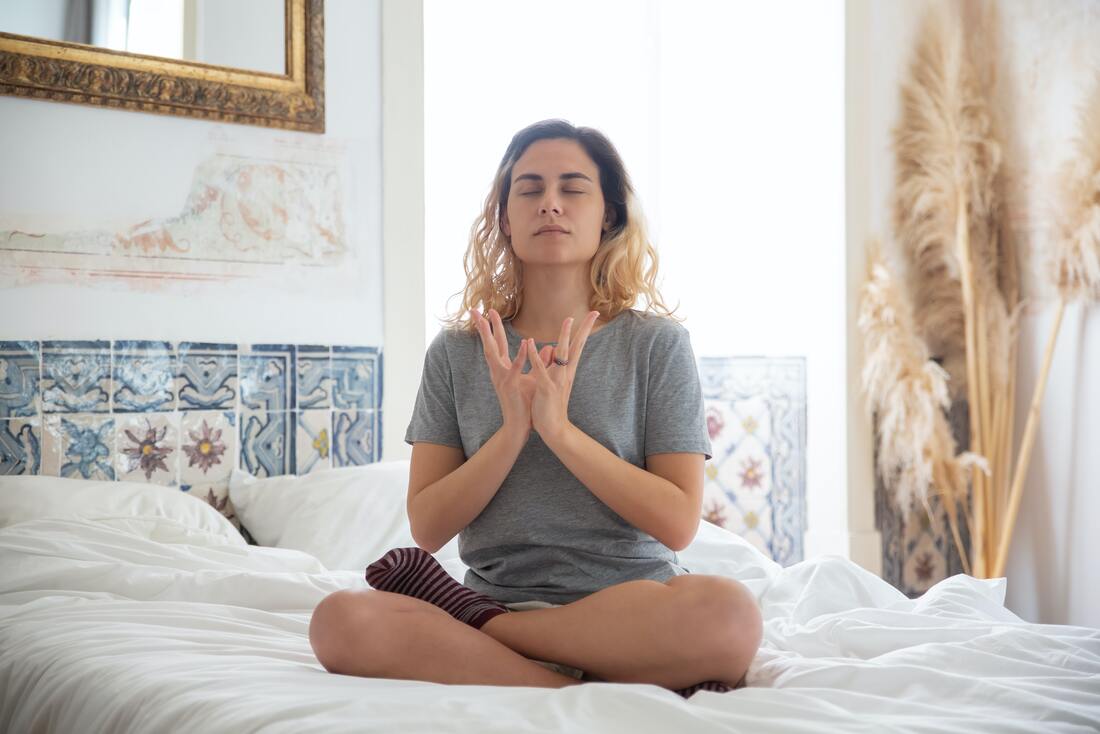
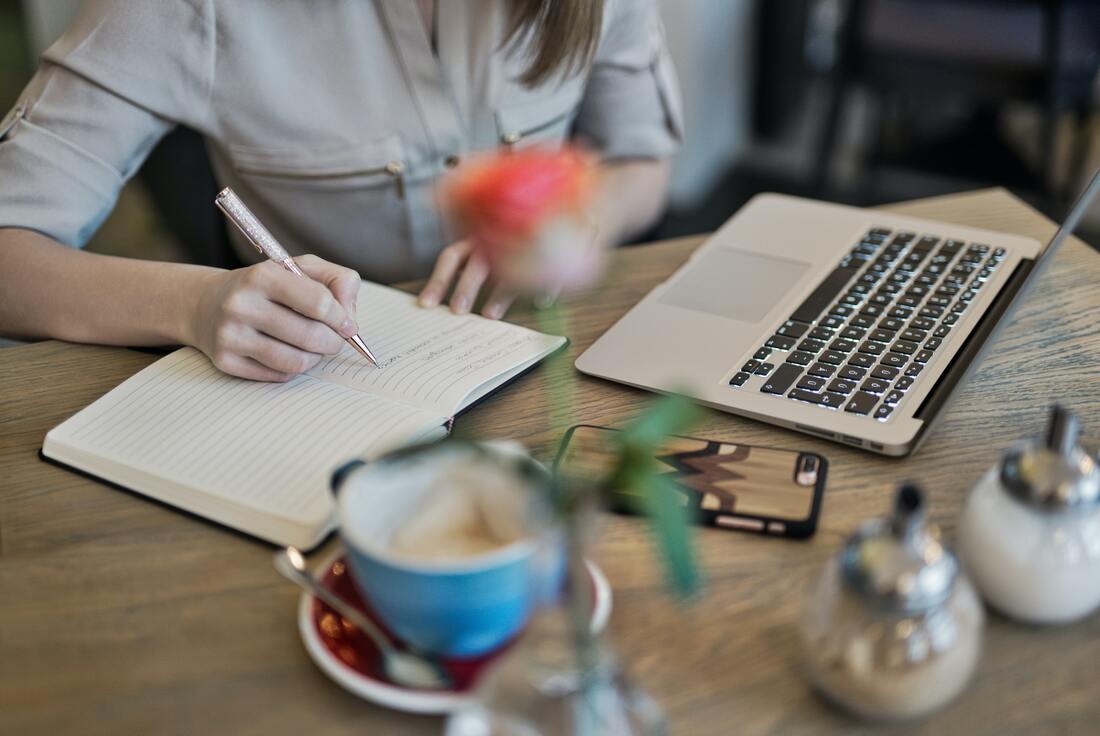



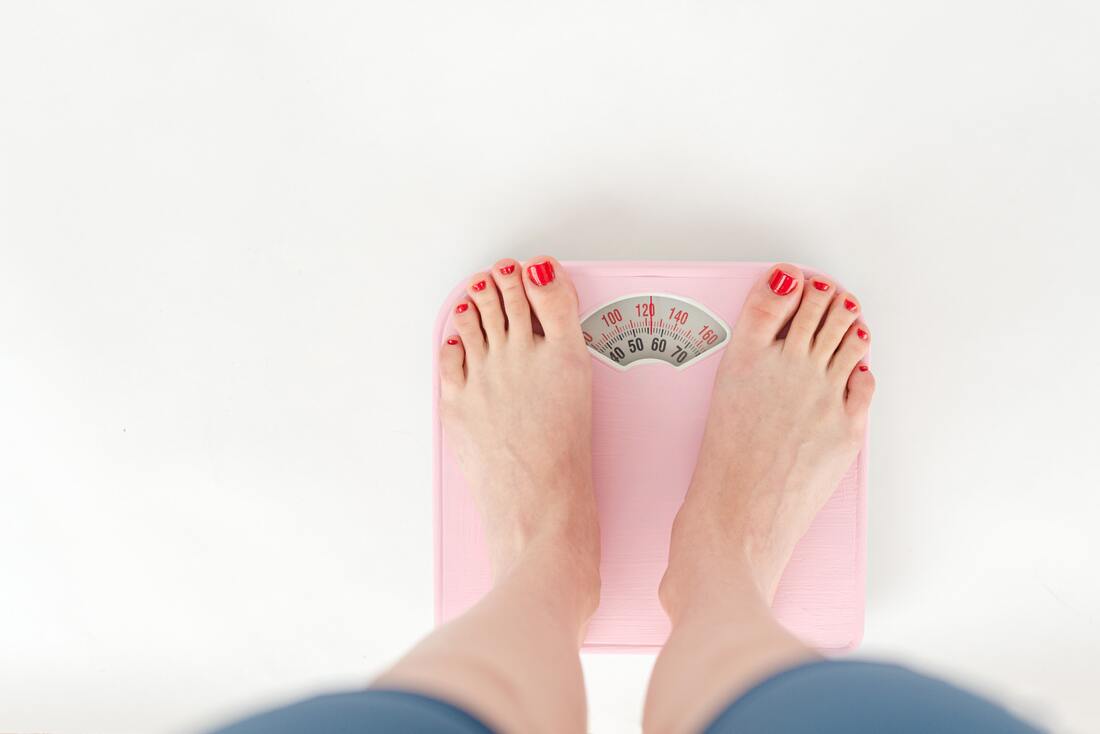

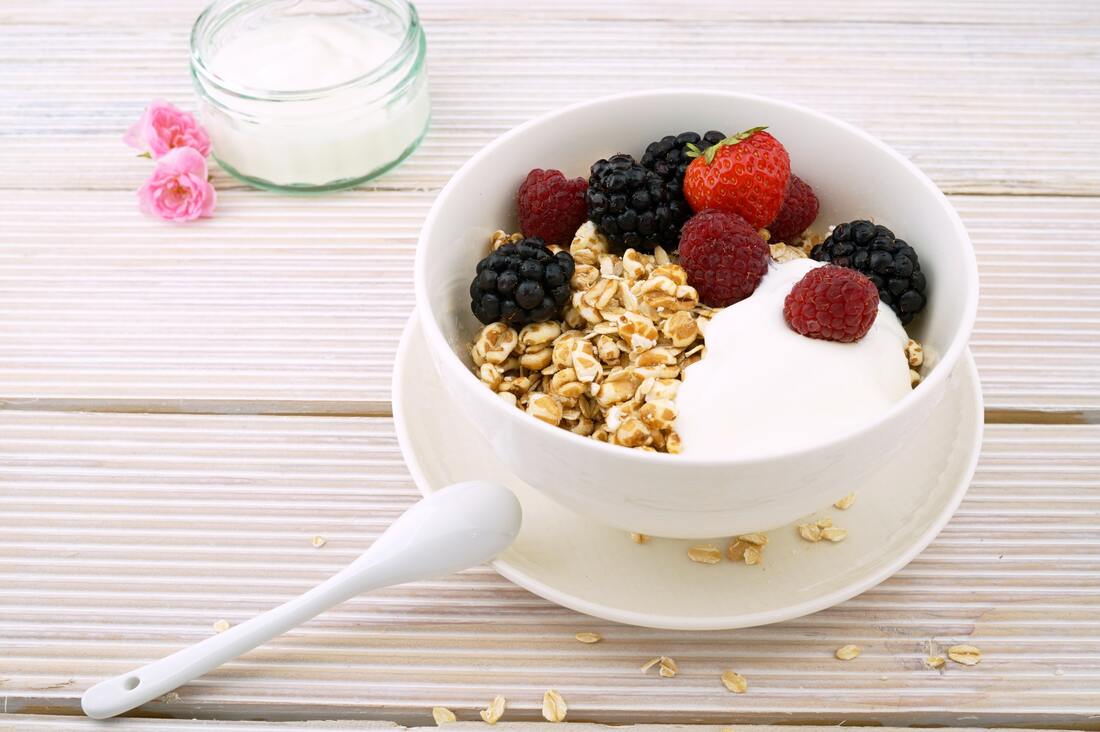
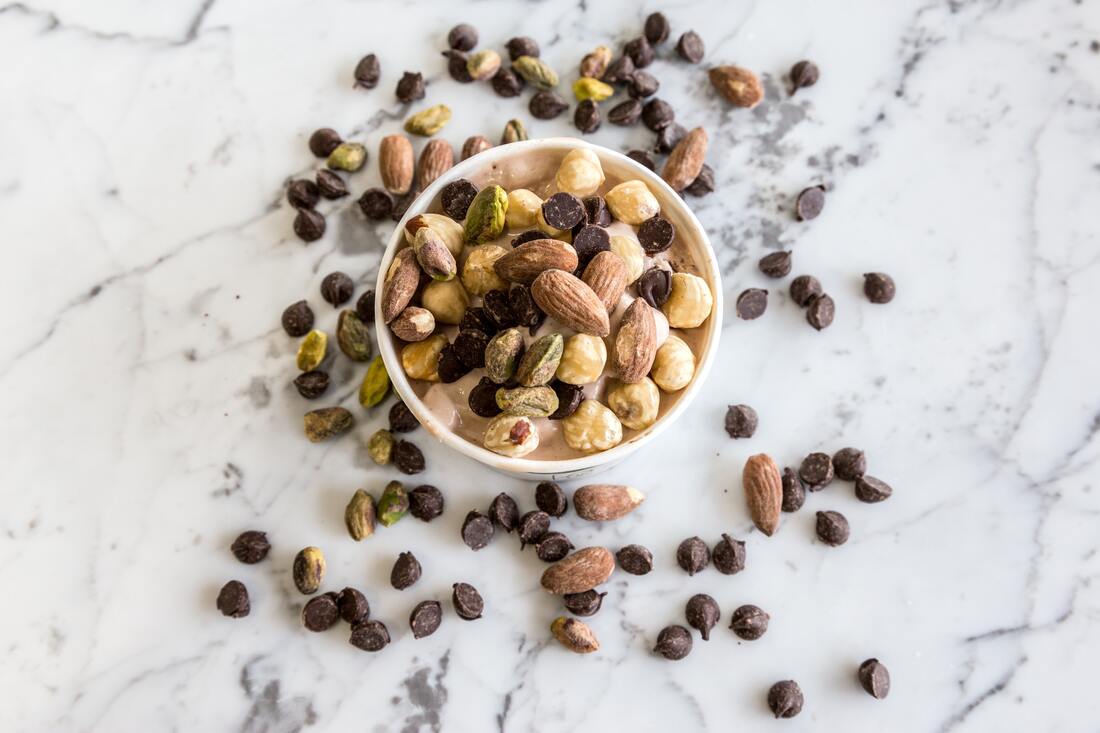
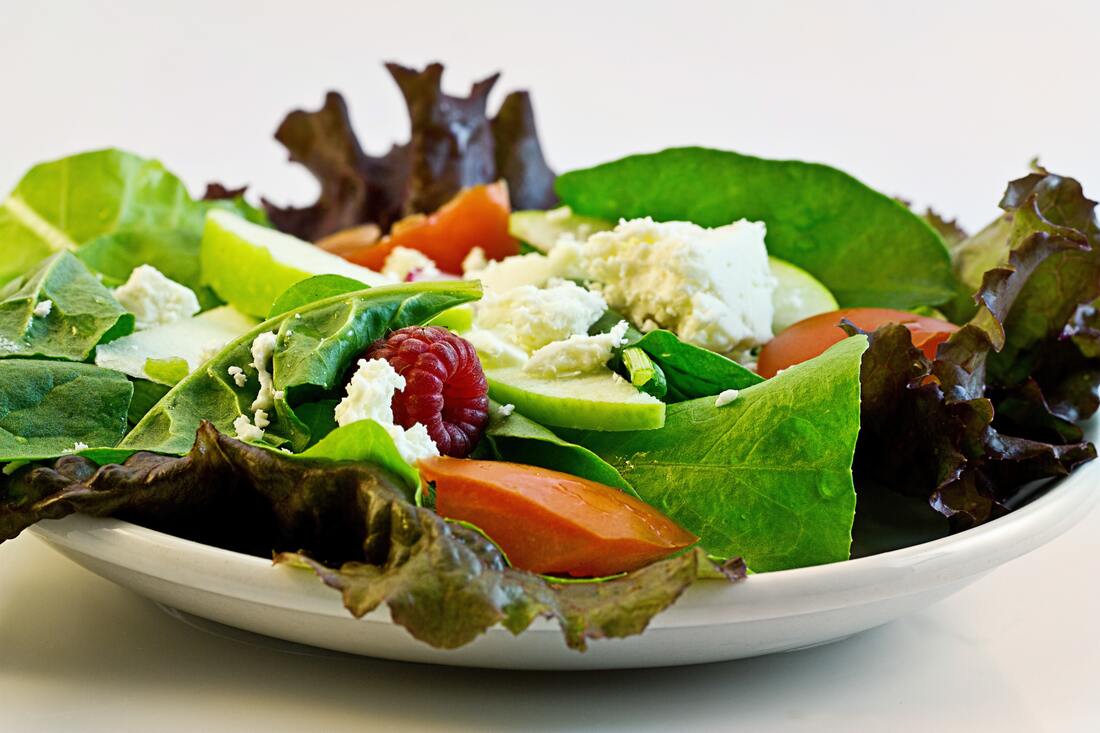
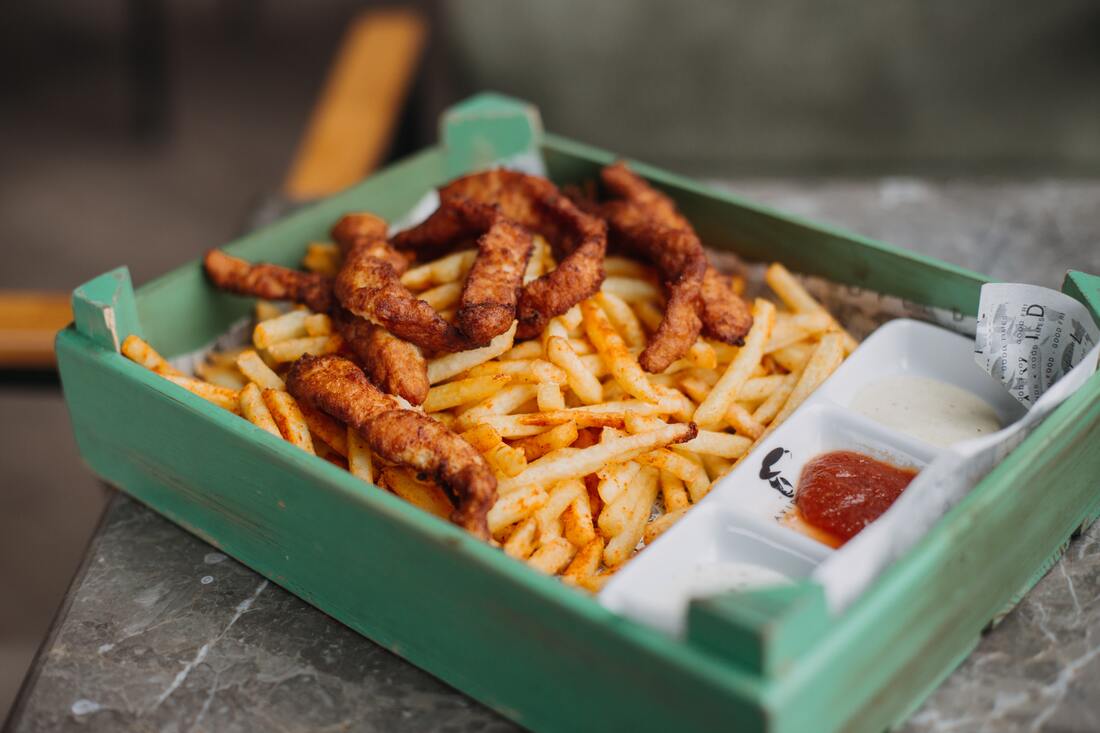
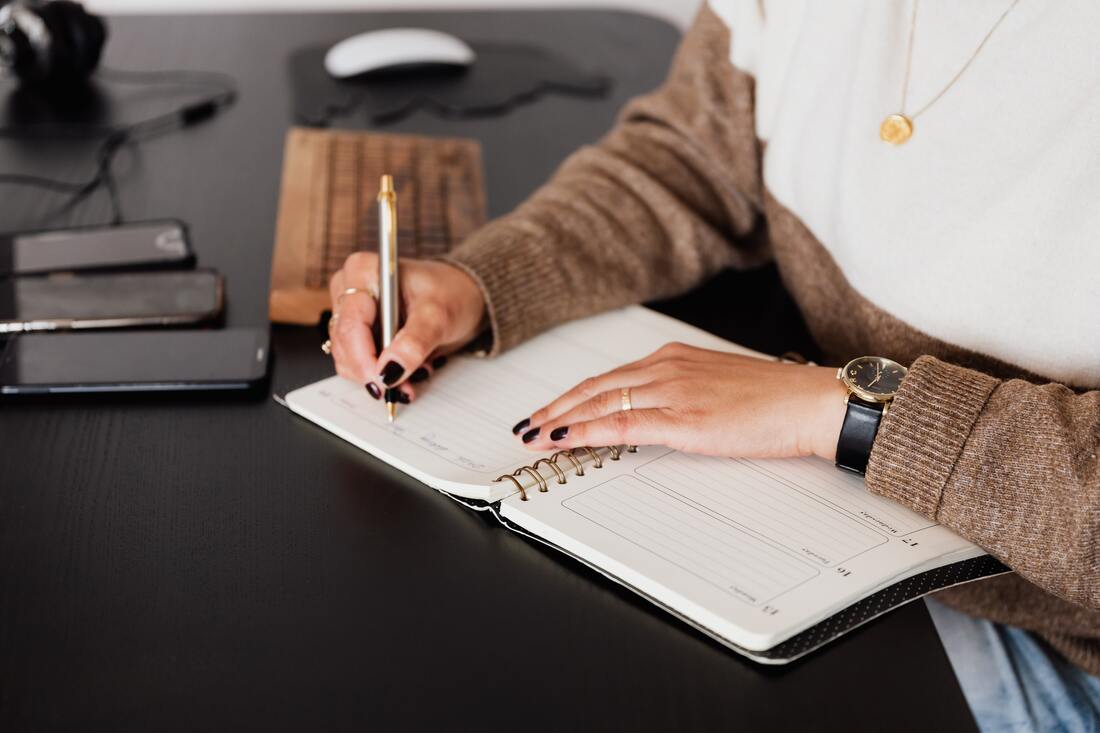

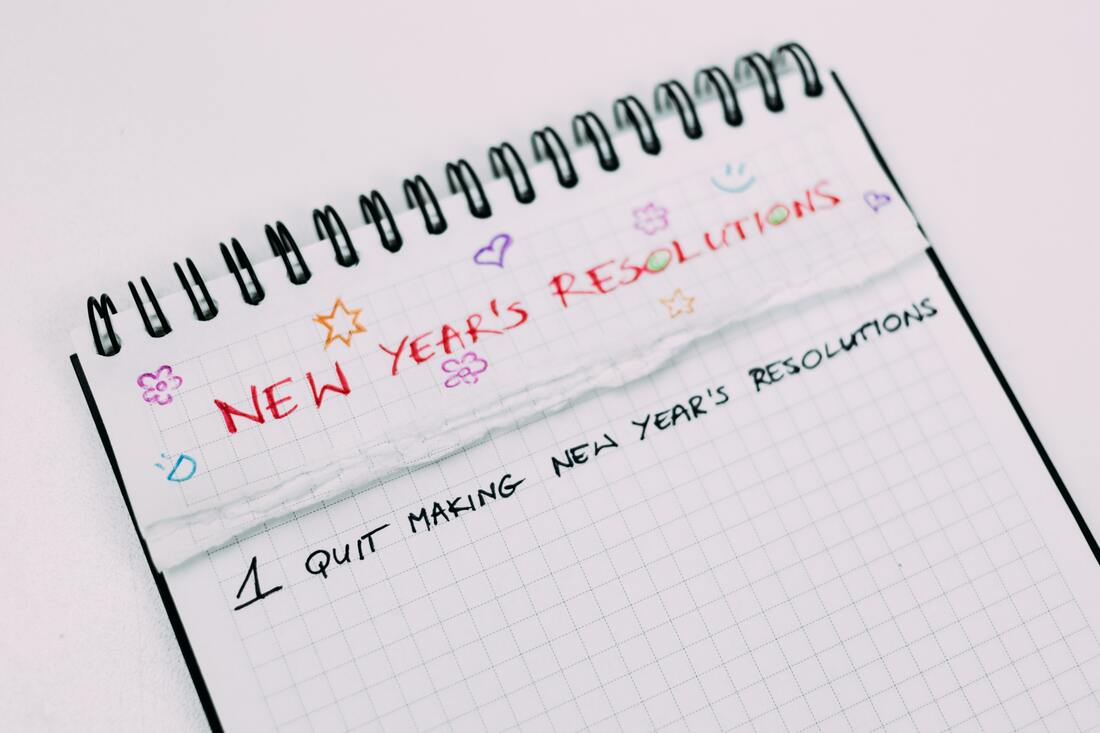
 RSS Feed
RSS Feed